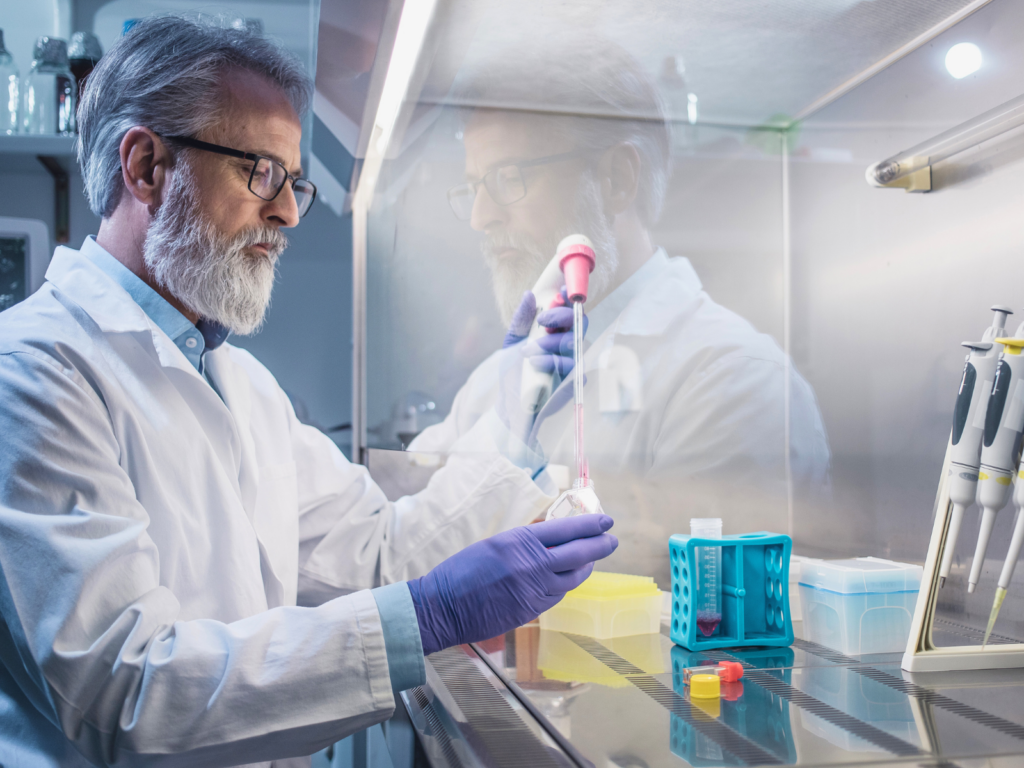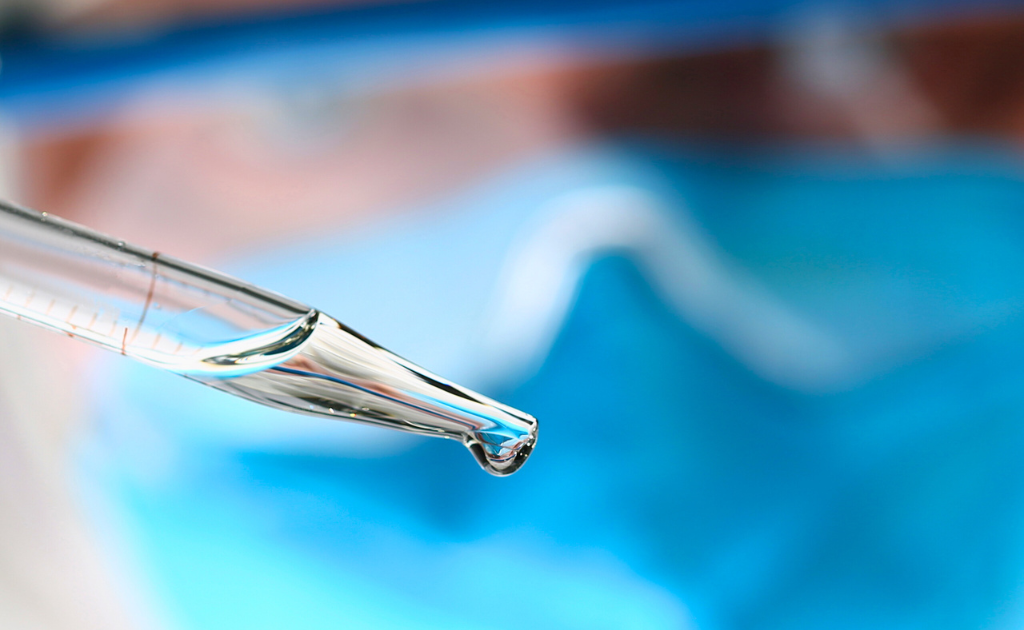Medical Equipment Device Calibration

Medical equipment device calibration is the process of adjusting and verifying the accuracy and reliability of medical devices. It involves comparing device measurements to a known standard to ensure consistent and precise results. Calibration is crucial for accurate diagnosis, treatment, and patient safety in healthcare.
During calibration, the device is tested and adjusted to match the established standard, correcting any deviations or inaccuracies. Trained professionals or specialized services use calibrated instruments and reference standards for this process.
Regular calibration is essential to maintain accuracy. Calibration schedules are based on manufacturer recommendations, regulatory guidelines, and best practices. Adhering to a calibration program helps healthcare facilities ensure device performance, enhance patient care, and meet regulatory requirements.
Operate with Optimal Efficiency
To keep medical equipment operating at optimal efficiency, the following practices can be implemented:
- Regular Cleaning and Maintenance: Stick to a cleaning and maintenance schedule for each device, following the manufacturer’s guidelines. Use suitable cleaning agents and ensure proper drying. Inspect, lubricate, and replace worn parts as needed.
- Staff Training: Provide thorough training to healthcare professionals and staff operating the equipment. Teach correct operation, maintenance, and troubleshooting techniques. Emphasize proper usage, storage, and handling.
- Follow Manufacturer’s Recommendations: Abide by the manufacturer’s guidelines for usage, calibration, and maintenance to optimize equipment performance.
- Implement Quality Assurance Programs: Set up quality assurance programs with regular equipment inspections, performance checks, and incident documentation. Address malfunctions promptly.
- Environmental Conditions: Store and operate equipment in suitable environmental conditions, considering factors like temperature, humidity, and exposure to dust or contaminants.
- Proper Handling and Transport: Train staff in proper handling and transportation to avoid damage to sensitive components.
- Timely Calibration and Verification: Stick to recommended calibration schedules, ensuring trained professionals use traceable standards. Regularly verify equipment accuracy and reliability.
- Software Updates and Upgrades: Stay updated with manufacturer-provided software patches, updates, and upgrades for better performance and security.
- Proper Storage: Store equipment correctly following temperature, humidity, and manufacturer’s recommendations to prevent damage.
- Documentation and Record Keeping: Maintain accurate records of maintenance, repairs, calibration, and incidents to track equipment history and comply with regulations.

How Often is the Medical Equipment Device Calibration Needed?
Medical equipment device calibration depends on several factors, including the type of device and its criticality to patient care. These factors include manufacturer recommendations, regulatory requirements, and industry best practices. There are no one-size-fits-all answer as different devices may have different calibration needs.

What Steps are Involved in Medical Equipment Device Calibration?
Medical equipment device calibration is essential for ensuring medical devices’ accuracy and safety. Trained professionals or specialized calibration service providers with the right expertise and equipment usually perform this task.
- Identify Devices Needing Calibration: Determine which medical devices require calibration, such as blood pressure monitors, thermometers, ventilators, and more.
- Choose Calibration Standards: Obtain suitable calibration standards or reference instruments with known accuracy and traceability to recognized standards.
- Prepare the Device: Get the medical device ready for calibration by cleaning, removing obstructions, and ensuring proper functionality.
- Perform Calibration: Follow the manufacturer’s or established protocols’ calibration procedure. Compare device measurements to calibration standards and document any deviations. Adjust if needed to achieve acceptable accuracy.
- Document the Process: Keep detailed records for each device, including the date, calibration results, adjustments made, and the calibrator’s information. This documentation proves compliance and aids future reference or audits.
- Verify and Test Periodically: Regularly check the calibrated devices using known standards or proficiency testing programs to ensure ongoing accuracy and reliability.
General Guidelines
- Manufacturer Recommendations: The device manufacturer usually provides guidelines on the recommended calibration frequency. These recommendations are based on factors such as the device’s design, components, usage patterns, and expected performance over time.
- Regulatory Requirements: Regulatory bodies such as the Food and Drug Administration (FDA) in the United States or other national and international regulatory agencies may have specific calibration requirements for certain medical devices. These requirements may specify calibration frequency or provide guidelines for establishing calibration intervals.
- Criticality of the Device: The criticality of a medical device in patient care can influence calibration frequency. Devices that are essential for patient safety and diagnosis, such as life-supporting equipment, critical care monitors, or devices used in surgical procedures, often require more frequent calibration to ensure accurate results and prevent risks to patients.
- Usage Patterns and Environmental Factors: The frequency of calibration may also depend on how frequently and under what conditions the device is used. Devices subjected to heavy use, harsh environments, or extreme conditions may require more frequent calibration to maintain accuracy.
- Historical Performance: The calibration history and performance of a device can also influence the calibration interval. If a device consistently demonstrates stable performance over time, it may not necessitate calibration as frequently as a device that shows greater variability or drift in its measurements.
How Allometrics Can Help!
It is essential to establish a medical equipment device calibration schedule or program based on a combination of these factors. This schedule should be documented and followed consistently to ensure medical equipment accuracy and reliability. Regular equipment maintenance, including cleaning and inspection, should also be carried out in conjunction with calibration activities. Additionally, any time a device is repaired, undergoes significant maintenance, or experiences an event that could impact its accuracy, it should be recalibrated before being put back into use.
Our more than forty years of experience has given us the knowledge and capability to provide calibration services, maintenance, repair, and cleanroom certification. Contact us today for additional detailed information.





